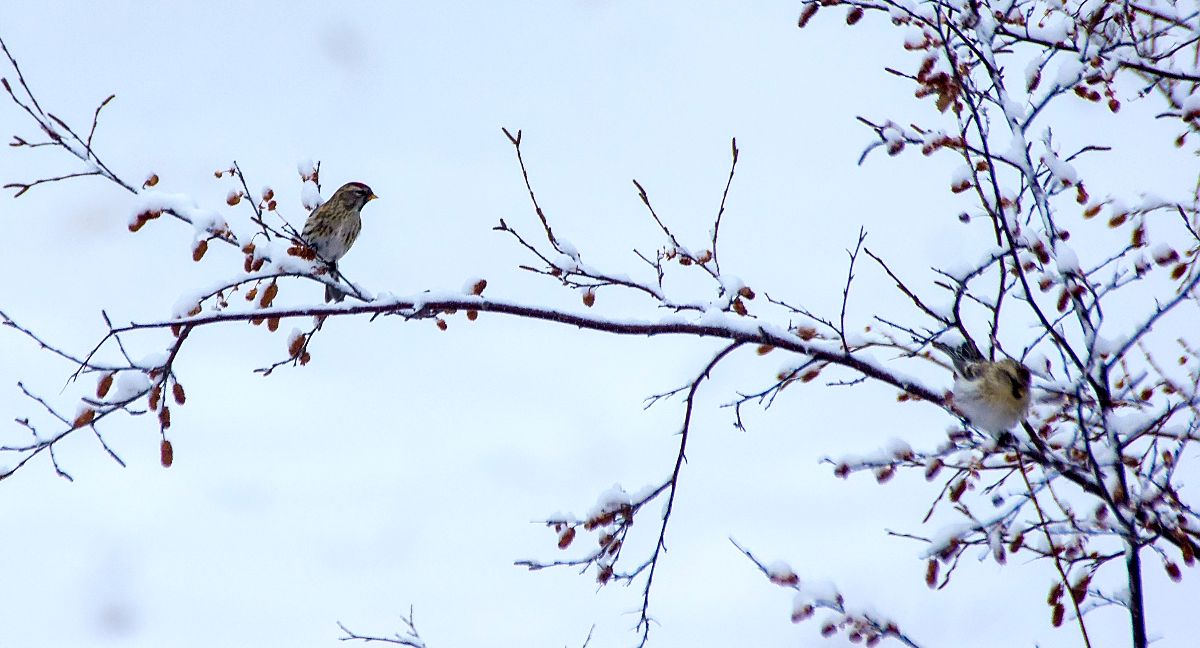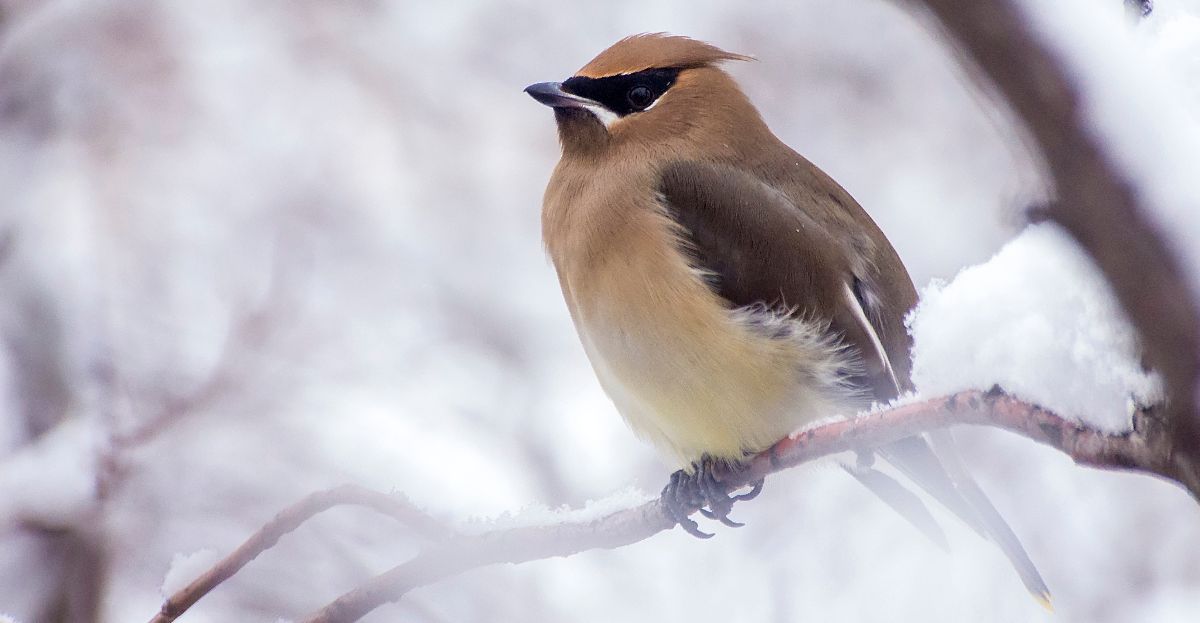Posted by Dan Arndt
There are few parks in town that I have such a love/hate relationship with more than Beaverdam Flats. While it’s great for getting good, close looks at Bald Eagles, and also seeing a huge number of them, there really tends not to be too much here that you can’t get better looks at, or see greater abundance in some of the other parts of town. Waterfowl are generally more diverse at Carburn Park, or along the Bow River in the eastern parts of Fish Creek Park. Songbirds are usually more abundant at Votier’s Flats and Bebo Grove, and the rare chances of seeing Great Horned Owls here are more regularly seen at Sikome Lake or at the Bow Valley Ranche. This time around was not too much different, but right at the end we had a couple very nice surprises that made the quiet morning a little more worthwhile.

Beaverdam Flats – January 24, 2016
While our usual route is picked so that we can have the sun at our backs for the majority of the walk, that morning was, as was typical of much of January, gloomy, overcast, and a little windy. We weren’t really expecting too much in the way of snow or bad weather though, so our luck has held fairly solid this season so far. Our first couple birds of the day aside from a few distant Bald Eagles were some Common Redpolls down along the creek, which turned out to have a Hoary Redpoll among them after I’d looked at my photos afterward!

Common (left) and Hoary (right) Redpolls
[exif id=”15299″]
Along the river, as is usual for this time of year, were hundreds of Canada Geese. By this time of the morning, many had already begun to fly off to the fields surrounding Calgary to feed, but there were still a good number right on the water, and many more travelling up and down the river bed.

Canada Geese
[exif id=”15291″]
During the first half hour of our walk, again, quite typical of the expected birds at Beaverdam Flats, we observed half a dozen different Bald Eagles, some adult, some immature of varying ages. Almost at random it seemed, the flyovers of some would cause the waterfowl to flush off the water, while others simply got a casual eye turned up at them. One reason seems to be that the waterfowl are able to tell how full the crop of these raptors is, so they can tell whether the eagles are actively hunting or simply checking the menu.

adult Bald Eagle
[exif id=”15298″]
In addition to the numerous Canada Geese and Mallards on the river, Common Goldeneye were abundant, though those three species were pretty much the only ones out that day. Many years we’ll have numerous Common Mergansers, Barrow’s Goldeneye, even Hooded Mergansers and occasionally American Wigeon as this stretch of river is downstream from a water treatment plant.

Common Goldeneye
[exif id=”15290″]
Sadly, once we turned back to head along the north stretch of our walk, things got very, very quiet. We heard a handful of White-breasted Nuthatches, Black-capped Chickadees, and even a small number of Downy Woodpeckers fighting over territory, but it seems the flood damage in the interior part of the park is still keeping the usual songbird numbers low, at least in the winter.

White-breasted Nuthatch
[exif id=”15296″]

Downy Woodpecker
[exif id=”15295″]
The northern section of this park is currently closed and under remediation by the City of Calgary due to flood damage, and more details about this repair can be found here: City of Calgary – Beaverdam Flats
We turned around at the fenced off area and had a quiet walk back to the base of the hill below where we had parked, and it seemed like that’s when things really started to get busy for us! A few juvenile Bald Eagles soared by low overhead and gave some great photo opportunities, especially this guy who was maybe 50 feet overhead.

immature Bald Eagle
[exif id=”15293″]
While we were watching this young eagle, there was some faint tweeting and rustling in the shrubs behind us. This is a usual spot for us to find Townsend’s Solitaires, Rusty Blackbirds, and American Robins in the winter, though the number of juniper bushes along this hill has seemingly disappeared in the years since the 2013 flood. There were a pair of American Robins bustling about in the berry shrubs on the far edge of the shrubline, making it hard to get a really good look at them, but there were a few openings here and there.

American Robin
[exif id=”15292″]
It wasn’t until we got close enough to get these shots of the robins through the shrubs that we heard the tell-tale trill of waxwings feeding low in the bush. When they popped out into the open, it was clear that these weren’t Bohemian Waxwings, and that there were more than a handful of these birds down there. In all, five Cedar Waxwings were present in the bushes, with one little one appearing to only be a few months old, likely a late hatching immature bird from last September or early October.

adult Cedar Waxwing
[exif id=”15297″]

immature Cedar Waxwing
[exif id=”15294″]
It always makes it worthwhile to get out there, no matter how uncertain the weather or how typically dull one park or another can be, and it’s these random finds that you’d never even think to look for that turn up at the most unusual places.
Have a good week, and good birding!